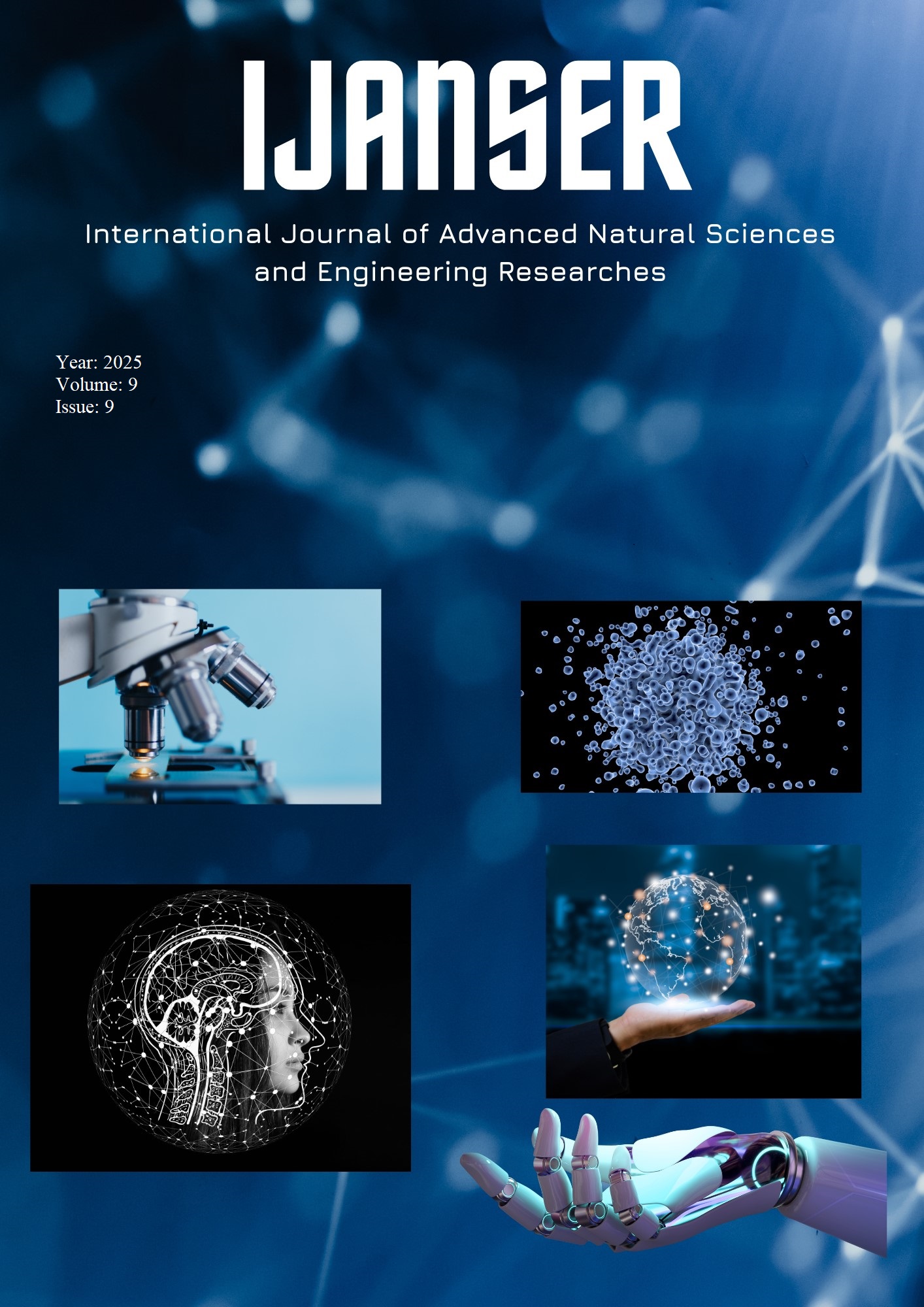New Software Concepts for Controlling Industrial Robots
Keywords:
Robotics, Robot Programming, Mxautomation, Coordinated MotionAbstract
The use of industrial robots is associated with the use of proprietary manufacturer-specific
programming languages. Interfaces to programmable logic controllers or other interconnected systems are
always designed individually. This article examines some existing concepts of robot programming and
identifies the need for their standardization and simplification. In order to assess the potential of uniform
inter-manufacturer interface concepts, first approaches based on the PLC open Coordinated Motion
specification are analyzed with reference to possible areas of application. Detailed comparisons between
the functionalities of individual solutions are not made.
Downloads
References
Pedro Neto, J Norberto Pires und A Paulo Moreira. „CADbased off-line robot programming“. In: Robotics Automation and Mechatronics (RAM), 2010 IEEE Conference. IEEE. 2010, S. 516–521.
OECD Employment Outlook 2017. OECD Publishing, 2017.doi: 10.1787.
Fredrik Ore u. a. „Virtual evaluation of industrial humanrobot cooperation: An automotive case study“. In: 3rd Int. Digital Human Modeling Symposium (DHM2014), May 20-22, Odaiba, Japan. 2014.
Malte Brettel u. a. „How Virtualization, Decentralization andNetwork Building Change the Manufacturing Landscape“. In: World Academy of Science, Engineering and Technology - International Journal of Information and Communication Engineering, Vol:8 (1. Okt. 2014).
Christoph Burmann und Robert Kohtes. „Variantenvielfaltund Intramarkenimagekonfusion“. Universität Bremen. In: LIM-Arbeitspapiere. Lehrstuhl für innovatives Markenmanagement (2014).
Alexander Burstedde und Paula Risius. Fachkräfteengpässe in Unternehmen. Regionale Fachkräftesituation und Mobilität. Institut der deutschen Wirtschaft Köln e.V., ompetenzzentrum Fachkräftesicherung, 1. Feb. 2017.
International Federation of Robotics. Executive Summary World Robotics 2017 Industrial Robots. 2017.
Steffen Kinkel. Anforderungen an die Fertigungstechnik vonmorgen. Mittelungen aus der Produktionsinnovation serhebung. Fraunhofer Institut System- und Innovationsforschung, 2005.
Heinrich Munz, Johannes Braumann und Sigrid Brell-Cokcan.Direct Robot Control with mxAutomation: A New approach to Simple Software Integration of Robots in Production Machinery, Automation Systems, and New Parametric Environments“. In: Dagmar Reinhardt, Rob Saunders und Jane Burry. Robotic Fabrication in Architecture, Art and Design. Springer, 2016.
National Bureau of Statistics of China. China Average Yearly Wages in Manufacturing 1978-2018. 2018.
Susanne Aghassi u. a. „Integrative Produktionstechnik für Hochlohnländer“. In: Integrative Produktionstechnik für Hochlohnländer. Hrsg. von Christian Brecher. Springer, Berlin, Heidelberg, 2011.
Thomas Bauernhansl, Michael Ten Hompel und Birgit VogelHeuser. Industrie 4.0 in Produktion, Automatisierung und Logistik: Anwendung, Technologien und Migration. Springer Fachmedien Wiesbaden, 2014.
Statistisches Bundesamt. „Index der Arbeitsproduktivitätim Verarbeitenden Gewerbe“. In: Deutsches Statistisches Bundesamt, 2018.
Shinichi Sugita, T Itaya und Y Takeuchi. „Development of robot teaching support devices to automate deburring and finishing works in casting“. In: The International Journal of Advanced Manufacturing Technology 23.3-4 (2004), S. 183-189.
Zengxi Pan und Hui Zhang. „Robotic machining from programming to process control: a complete solution by force control“. In: Industrial Robot: An International Journal. University of Wollongong 35.5 (2008), S. 400–409.
Zengxi Pan u. a. „Recent progress on programming methods for industrial robots“. In: Robotics and Computer-ntegrated Manufacturing. University of Wollongong 28.2 (2012), S. 87– 94.
PLCopen. Function Blocks for motion control: Part 4 - Coordinated Motion. 3. Dez. 2008.
PLCopen. Technical Specification PLCopen - Function blocks for motion control V1.0. 23. Nov. 2001.
Herbert Smetan. „Entwicklung serientauglicher Kokillengießverfahren für hochfeste und hochwarmfeste Aluminium Gusslegierungen“. In: GIESSEREI (1. März 2015).
Rolf Dieter Schraft und Christian Meyer. „The need for an intuitive teaching method for small and medium enterprises“. In: VDI BERICHTE 1956 (2006), S. 95.
Shani Sharif, Larry Sweet und Varun Agrawal. „Adaptive Industrial Robot Control for Designers“. In: 35. eCAADe Conference September 2017, Rome Italy. 2017.
Anne Schneller. „Maschinenbau: Parametrieren statt programmieren“. In: Ingenieur.de (2. Feb. 2012).
Johannes Braumann und Sigrid Brell-Cokcan. „Adaptive Robot Control“. In: Proceedings of the 33rd eCAADe Conference, Wien, Österreich. 2015.
Maik Otremba, Kai Gehring und Dietrich Kahn. „Gießen von Zylinderköpfen für hoch belastete Dieselaggregate“. In: GIESSEREI (1. Okt. 2011).





